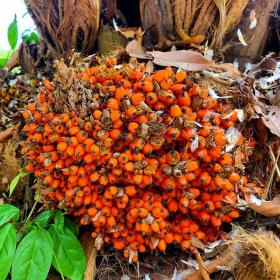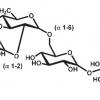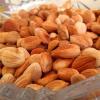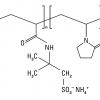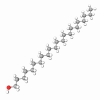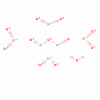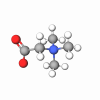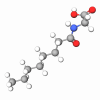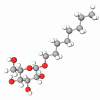Most traditional soapmakers use the saponification of natural oils. Thanks to its relatively low prices and sustainability, Palm kernel oil is one of the most commonly used oils used for saponification.
In this process, Palm kernel oil is boiled in large kettles before the sodium hydroxide water mixture is added and stirred constantly. Sodium hydroxide supports the hydrolyzation of triglycerides and makes salts with freed fatty acids. During saponification, the oil's liquid will become stringy and muddy-looking before it turns uniformly into a clear mixture of Sodium Palm Kernelate (soap) and glycerin.
Palm kernel oil saponification takes several hours. When the froth no longer rises and large white bubbles pop on the surface, the jelly containing Sodium Palm Kernelate is removed.
This jelly can be used in hard soap bar production by boiling excessive water and adding fillers such as Sodium Chloride (common salt). After cooling, the ready-to-use mixture is poured into molds, where it is cured for several weeks. That hard soap is then cut into bars.Sodium Palm Kernelate can be separated from the jelly and refined to be used as a primary or secondary surfactant in different soap formulations, combined with Sodium Palmate, Sodium Tallowate, etc. It is also useful as a thickener in liquid soap products and, in small quantities, as an emulsifier.
